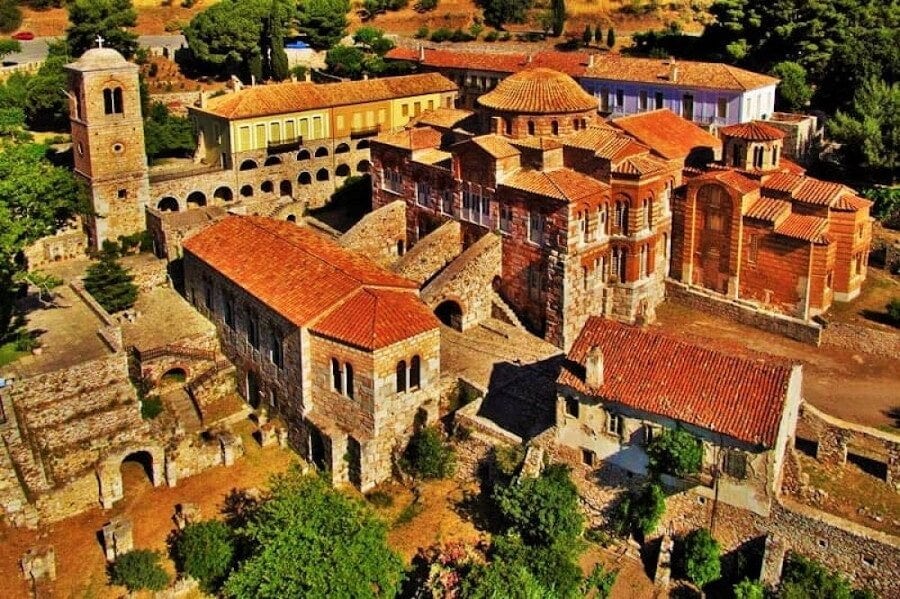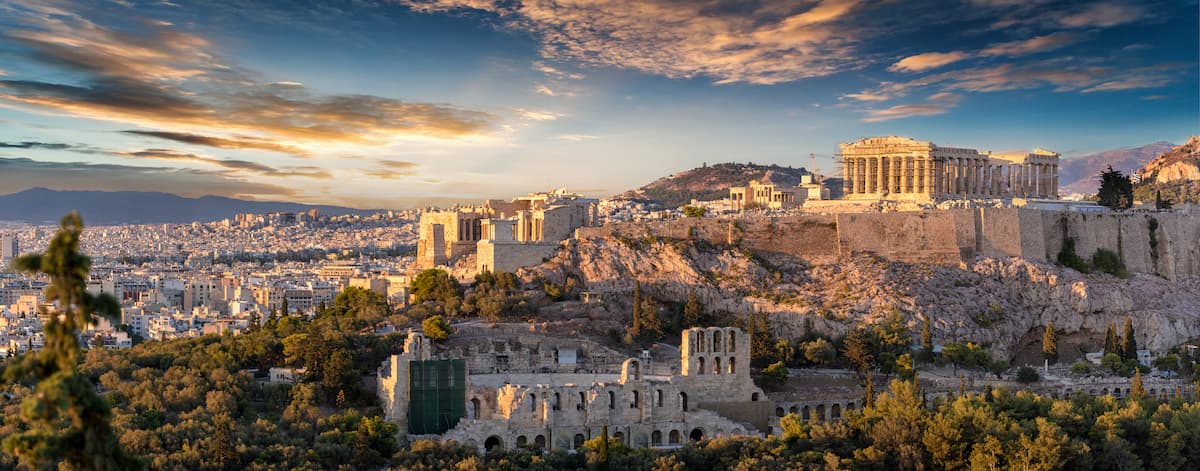The originator of monastic life in this abbey was the saint himself, who practiced an ascetic life there during the last seven years of his life (946-953) and was buried beneath his cell. In 955 CE, monks built a cruciform building, along with the first cells of the monastic community, around his grave. The construction of the monastery itself dates at around 1011 CE. Over the ages, it has experienced disasters and looting, but its rare architecture and ornamental riches have been preserved. Restoration work began in 1938 by the Greek Archaeological Service and the Archaeological Society and continues today with great success. There is evidence that the monastery was widely known throughout Byzantium for the elaborate ornamentation which graces all its surfaces. Aside from the walls, the statuary and the gold and silver slabs, its frescos and mosaics (particularly impressive on its concave surfaces), the inside of the monastery is adorned with icons, chandeliers, silk curtains and altar weavings. Only part of them has been preserved in place today, namely the colored marble dressing and the window railings.
The monastery is among the most important monuments of Middle Byzantine art and architecture and is on the list of UNESCO’s World Heritage Sites.




